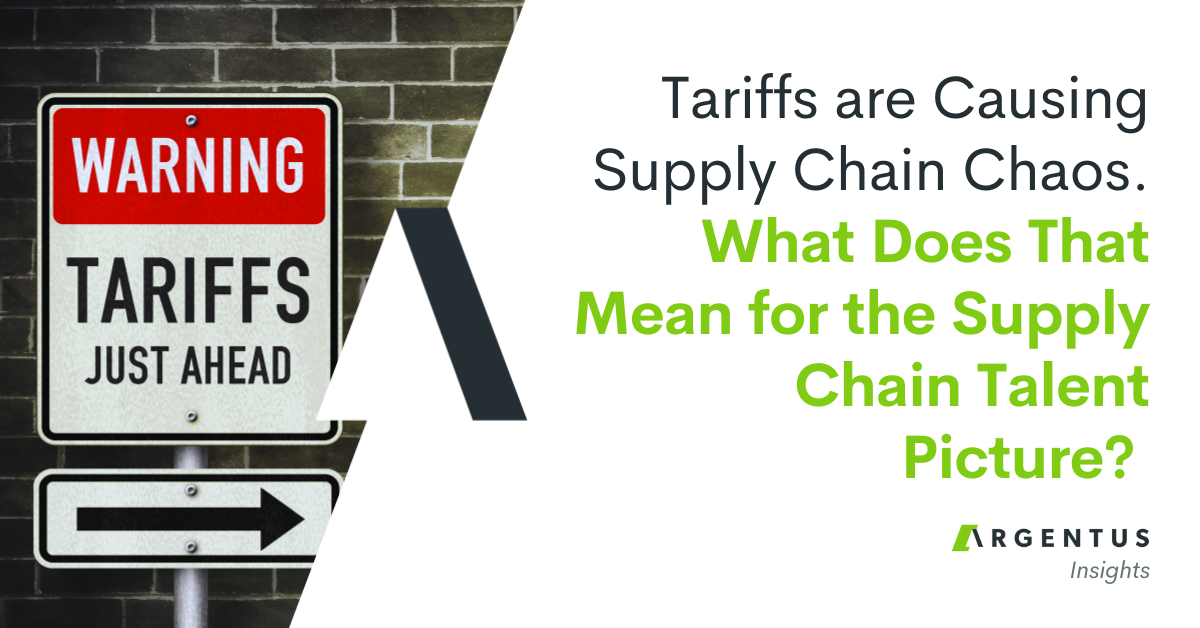Everyone wants to hire quality candidates. So why do so many companies build their recruiting processes around quantity? Here’s why systems that promise more candidates are actually making it harder to hire.
The Harvard Business Review recently posted an article that caught our attention. Based on a survey of 2275 executives, the article explores the phenomenon of “hidden workers”—job candidates who are falling through the cracks because automated hiring systems are screening them out. We’ve written about this issue before. In short, more executives are finding that applicant tracking systems (ATS)—tools that automatically post jobs on job boards, and automatically screen candidates—aren’t doing the trick anymore. In a market where candidates are in higher demand than ever, and most of the top candidates will never even apply to a job board posting, applicant tracking systems promise the moon.
These systems have changed the game, promising to make hiring easier, faster, and hassle-free. But do they deliver? According to the executives interviewed, they don’t.
A particular quote in this article caught our attention: “By the early 2010s, each job posting yielded 120 applicants, on average, and the figure continued to rise…by 2020, employers typically interviewed four to six applicants for each listing out of an average pool of 250.”
On its face, seeing more applicants for jobs seems like a good thing. It’s certainly a KPI that human resources can take to their leadership in a business. After all, more is better, right?
Not always.
Today, we want to talk about the issue of quantity over quality when it comes to recruiting. We want to encourage business leaders and hiring managers everywhere to think critically about whether seeing more candidates is a good thing, and whether you should be measuring the raw number of candidates you see at all.
How Prioritizing Quantity Slows Down Hiring
We all know that we live in a quantified world. In business, big data has allowed insight into a staggering array of metrics and KPIs. For many functions—like Argentus’ core recruiting discipline of Supply Chain Management—these metrics offer unprecedented insight. They allow businesses to be more flexible and nimble, to diagnose problems earlier, and find solutions.
Over the past number of years, a quantitative mindset has also crept into hiring, which is at its core a human discipline. By no means are we saying that metrics aren’t useful in recruiting. They can be tremendously valuable. But which metrics you’re using says a lot about your business. And for our money, the raw number of candidates that apply for a job is borderline irrelevant to how successful you’ll be in finding the right candidate. In fact, more candidates can actually make your hiring less efficient. It’s very common that we’ll hear from a new client who has posted a job and received 100 applicants, but only three or four are even remotely close to meeting their needs.
To an extent, if you cast a wider net, you might see more candidates who are a good fit for the job. But consider the fact that every applicant you don’t interview is an inefficiency in your process. Each resume you have to review who isn’t qualified for the role represents HR and hiring managers’ time —as well as budget— that could be better spent developing new policies or programs, or honing requirements.
“So what?” you might say. “We can read a resume in 10 seconds. Is that really such a waste of time?” Sure, if there are 10 applicants, it’s manageable. But if there are 250 applicants, and best practice is to respond to every one, it’s a significant outlay of time—even if you use automated systems. And no matter how skilled a recruiter is, you’re not getting a good picture of that candidate in the ten seconds you spend reviewing the resume.
The “Quality over Quantity” Approach to Hiring.
As we said, recruiting is a fundamentally human business. As of yet, no technology has been developed that can hire better than people who know their stuff. Which isn’t to say tech isn’t useful—various technologies can massively streamline the recruiting process.
But filling your inbox with hundreds of unqualified applicants isn’t doing you any favours.
When you work with a recruiter who is deeply invested in their specialty, every candidate you see is worth an interview at the bare minimum. You might not give every candidate an interview, but you can have confidence that every candidate you see meets the requirements. When we forward our shortlist of three to four candidates (typically around a week after starting a search), every candidate has been pre-screened and vetted by a recruiter who knows their stuff.
In Argentus’ case, we’ve been recruiting for Supply Chain Management for 20 years. Companies come to us because they want quality candidates. Which is what everyone wants. But if your process prioritizes getting the maximum number of applicants, it’s supporting quantity, not quality.
Even more importantly, when you hire with a seasoned recruiter, you know that every candidate presented is actually interested in your job. You know that their salary expectations are in line with your budget. Because here’s another underrated factor with the “quantity” approach to hiring: the easier you make it to apply, the more people will apply on a whim. By the time you finish combing through that haystack of 100 resumes to find the three applicants who might fit the job, those applicants might not even be available any more. They might be asking for a salary $20k higher than you’re willing to pay.
This candidate spent all of ten minutes on an application. Compare that to a candidate who spoke with a recruiter for almost an hour for a pre-screen, who has tailored their resume around your job requirements. A candidate who very often has an established relationship with the recruiter, who has placed them in multiple roles in the past.
The difference in that candidate’s engagement—and their actual likelihood of moving into the job—is almost beyond compare.
That’s what we mean when we talk about quality vs. quantity. Again, we’re not saying that metrics aren’t important. You can measure quality using other metrics like time-to-fill (the time between opening a job and filling it), first year attrition (the number of candidates who stay in a role for at least a year), or others. Job boards and companies who sell software want you to focus on the number of applicants you see for a job.
But anyone who’s been recruiting long enough knows: quality wins out over quantity every time.




0 Comments